A Tale of Two Cities
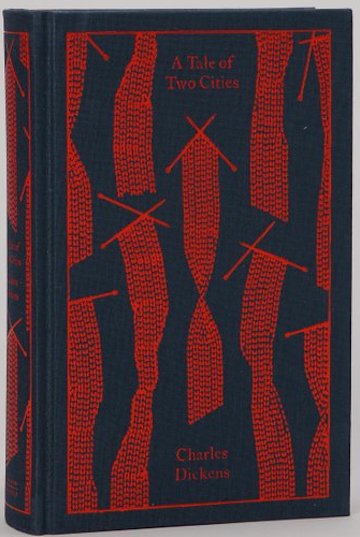 by Charles Dickens
by Charles Dickens
We guess that even if you have had enough of them in the past, the novels from your High School or University required literature classes, you can still recall the opening to Charles Dickens’ epochal novel of the French Revolution, A Tale of Two Cities: “It was the best of times. . . .”
So, is this the best of editions? Impossible to say as there are over a thousand of them, starting with the serialized 1895 version, but this Penguin Classics 2011 edition just may top the list. The cover offers a hint that we found our copy in the Spinnery, a shop in Frenchtown (Appropriate? Coincidental?), New Jersey, devoted to spinners, weavers and knitters—an illustration, repeated, of the terrible, coded handwork of Madame DeFarge. You may recall that she knitted therein her list of names of the aristocrats who were to be guillotined. The red over black design (Blood and Darkness?), along with the title and author, is embossed. The marker ribbon is red as are the pastedown and free end papers. We also find the enchanting Hablot Knight (aka Phiz) illustrations, and these include reproductions of the frontispiece and title page of the first bound edition of the book. A quite handsome presentation overall.
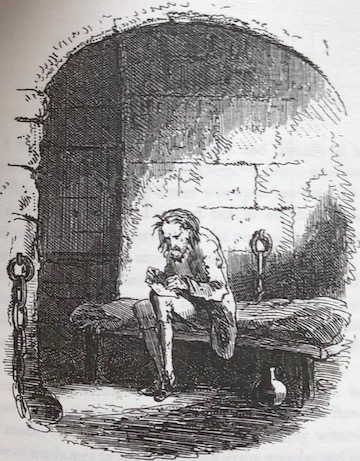
The story itself is timeless, well told and, in its way, addresses some political and humanitarian issues of today.
Consider this edition to be a compact lesson in a Masters-level University seminar. We find the following: A twenty-two page scholarly introduction with endnotes; a Dickens Chronology (he fathered ten children; he declined an invitation to stand for Parliament); a Timeline, an intriguing confluence of historical fact and Dickensian fiction; suggestions for further reading (Cates Baldridge’s ‘Alternatives to bourgeois individualism in A Tale of Two Cities’ for one); and an informed note on the text. (This edition is based upon the text of the original All the Year Round, Dickens’ “new twopenny periodical”.) There are four Appendices that include: Information on the Phiz illustrations; the Dedication and Preface from the First Volume edition; information on the author and his sources; and the running chapter titles that were added in 1867–8—Human Inscrutability, Only a Child run over, and Knitting a Great net for three examples. All of this is rounded by forty-one pages of explanatory notes.
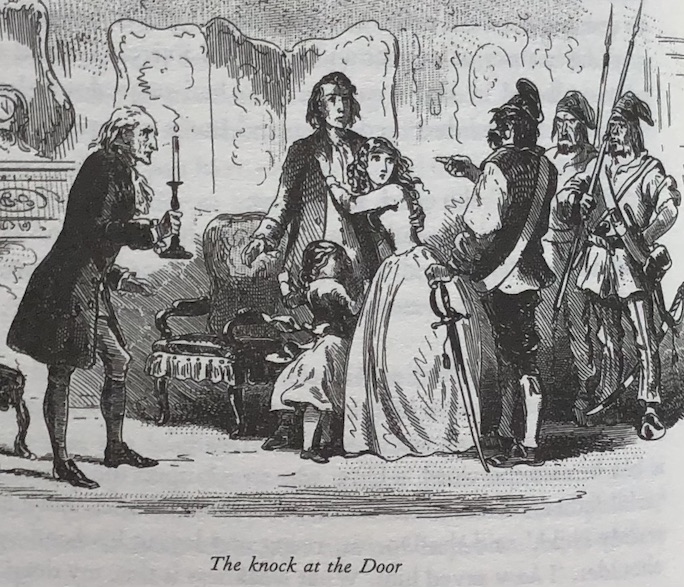
Is this a bit much for the average reader? Maybe so. But, hopefully, this brief review might encourage you to read or reread A Tale of Two Cities, this tale of La Terror, this tale of depravity, unrequited love, sacrifice and courage. And, really, any edition of this beloved novel will do, but this one is well worth tracking down.
Endnote: Since Speedreaders is primarily a site for automotive enthusiasts, we were amused to find that another of Dickens’ great novels, Oliver Twist, was first published serially in Bentley’s Miscellany, 1837–9.
Copyright 2022 Bill Wolf (speedreaders.info)


 RSS Feed - Comments
RSS Feed - Comments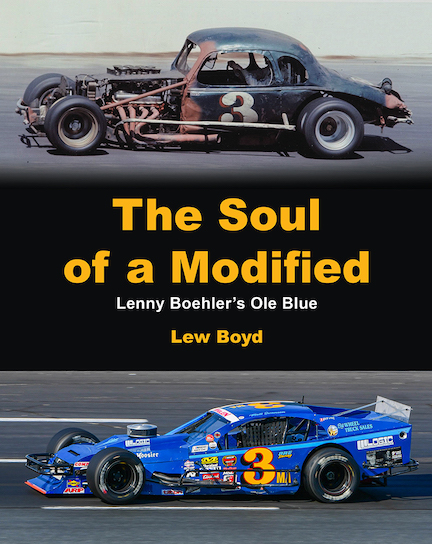
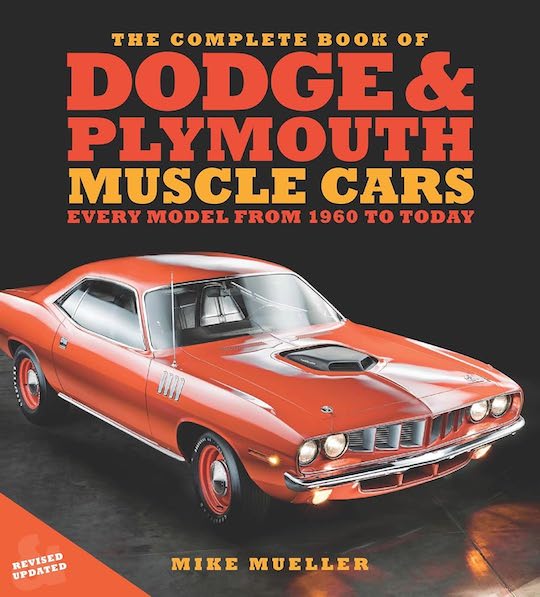
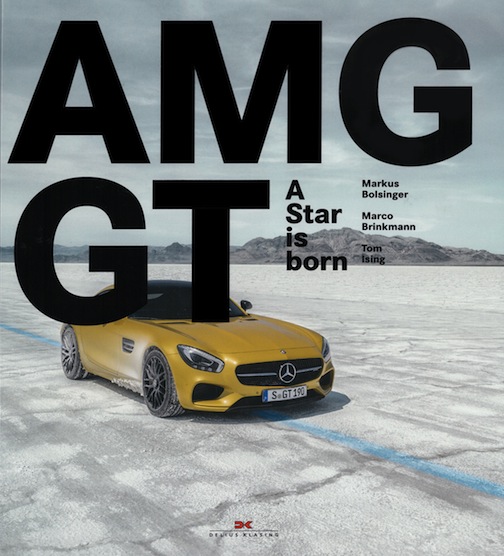
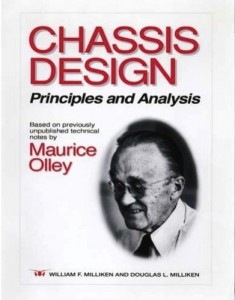
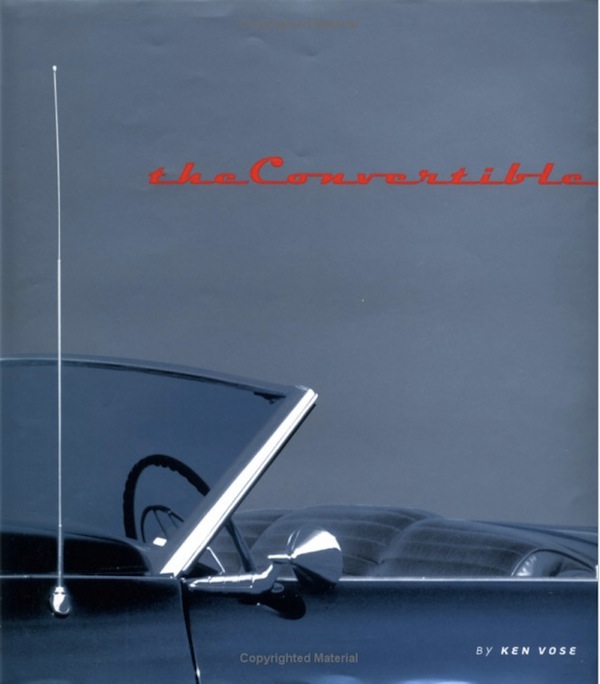
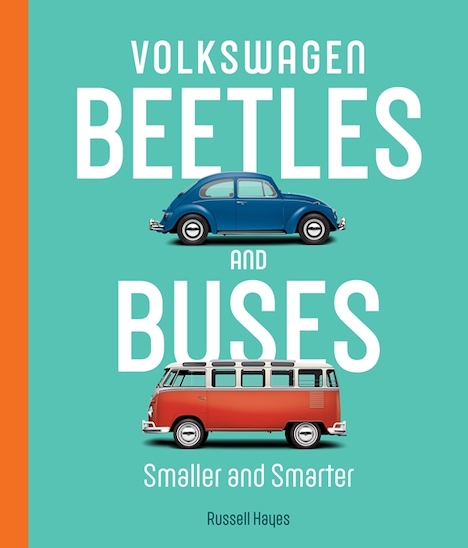
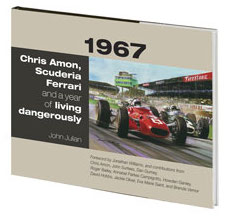

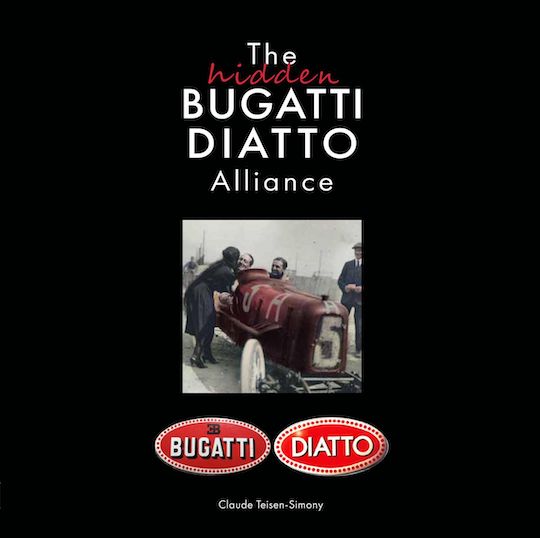
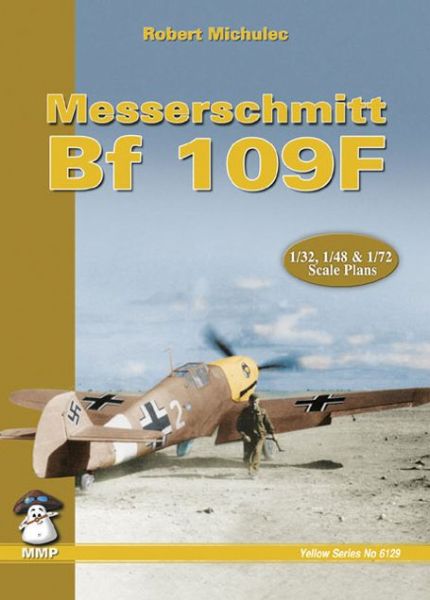

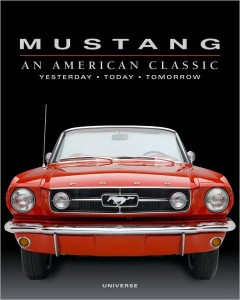
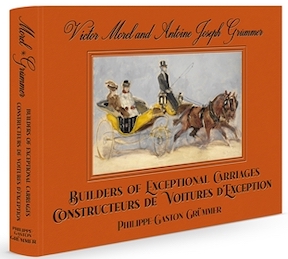
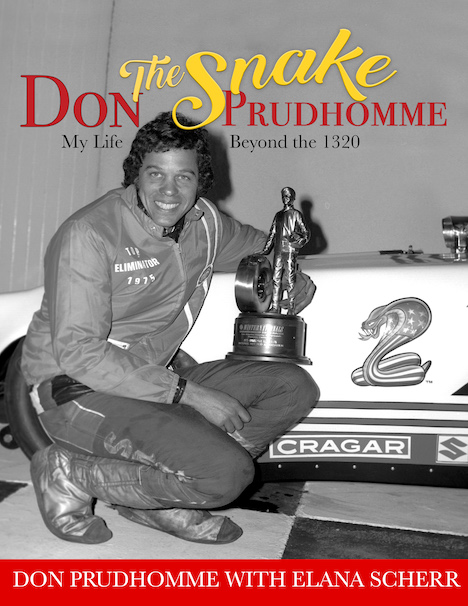
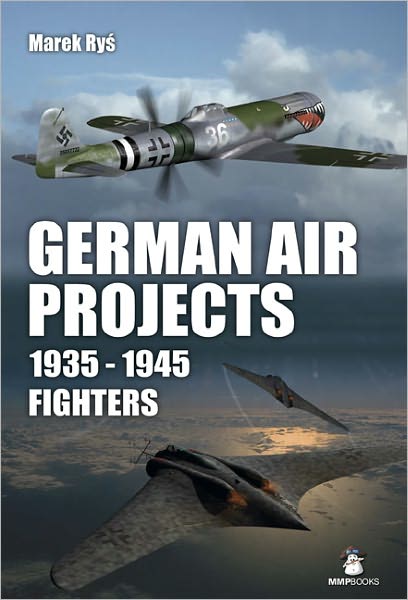



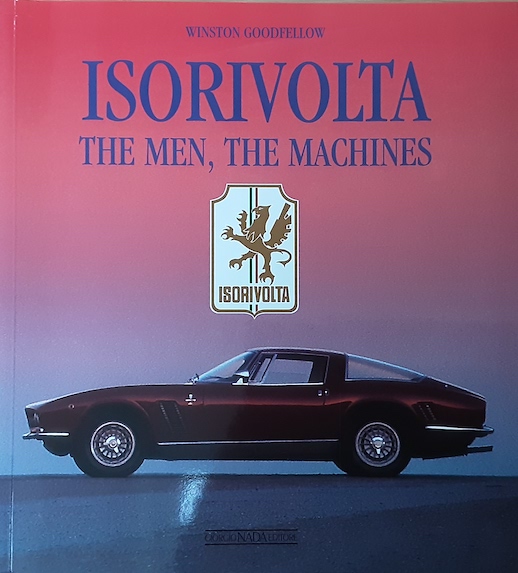
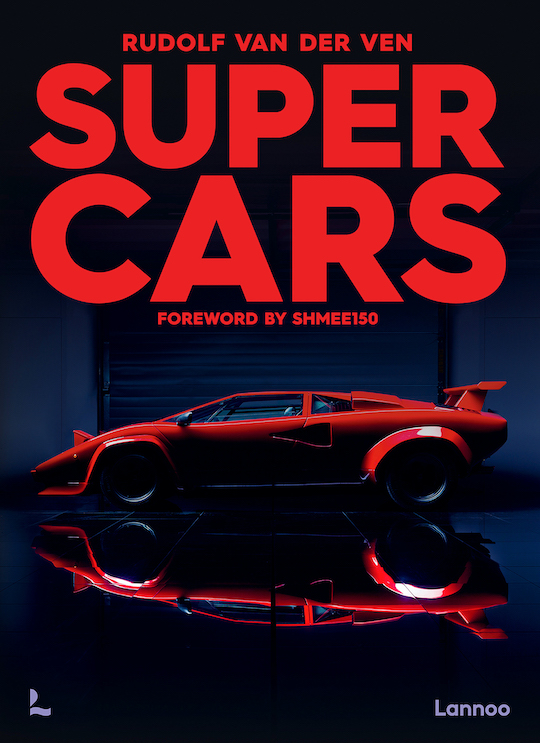
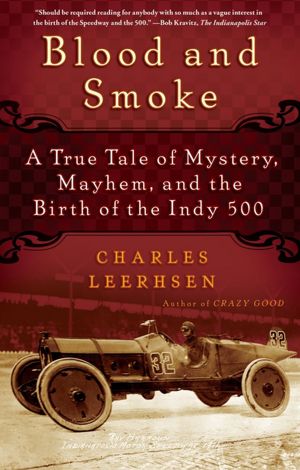
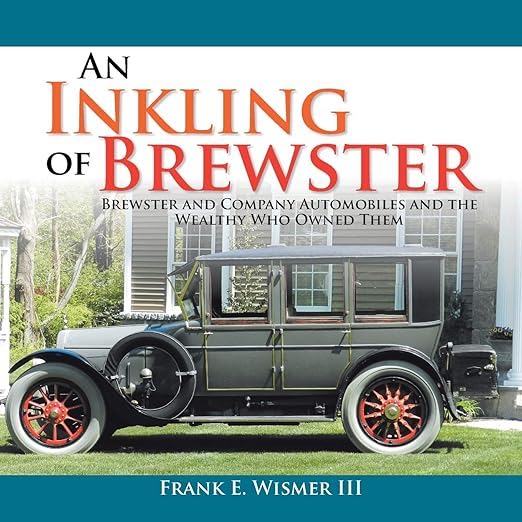
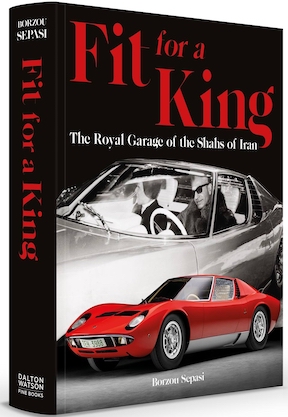
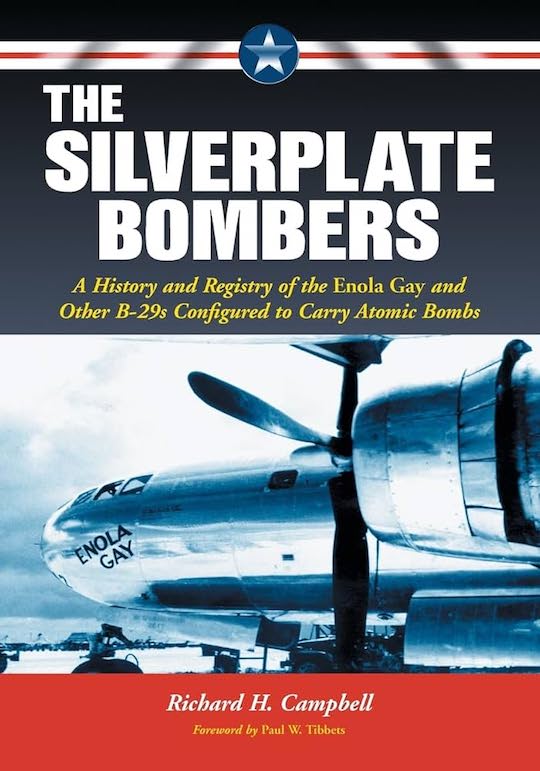

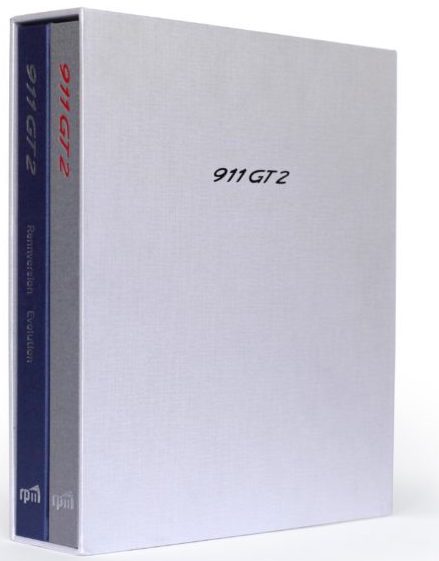
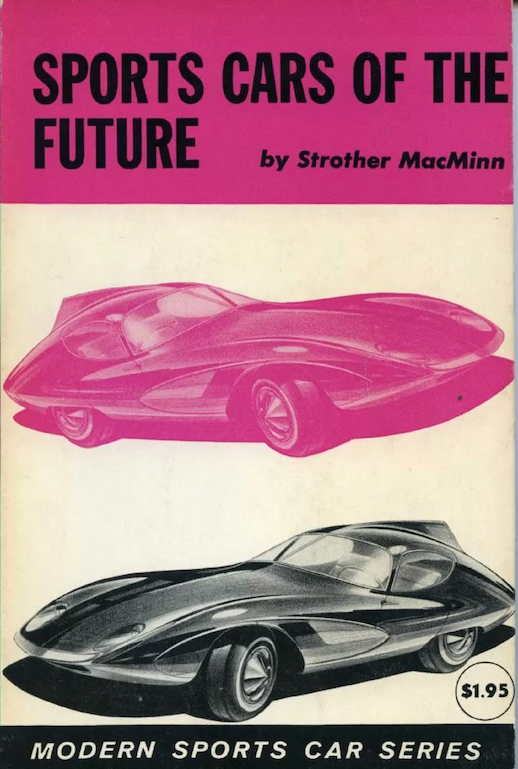
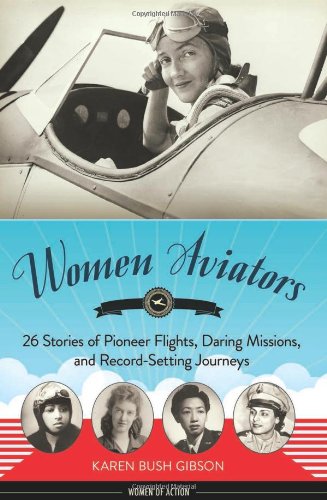
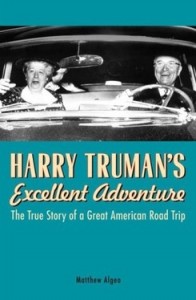


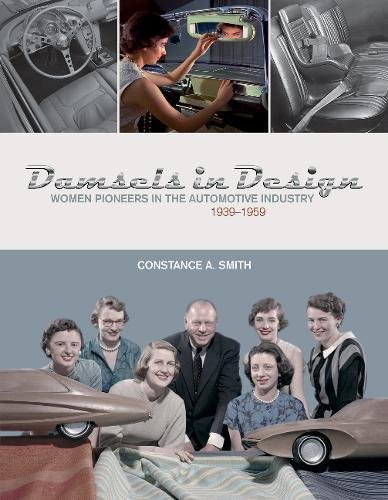
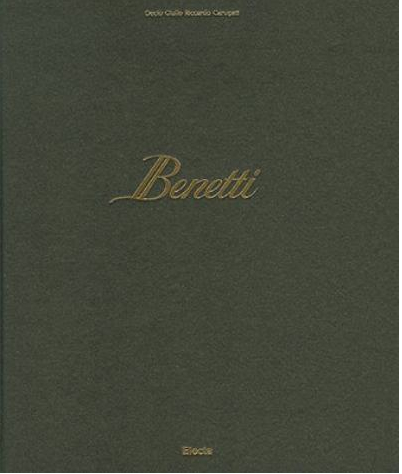
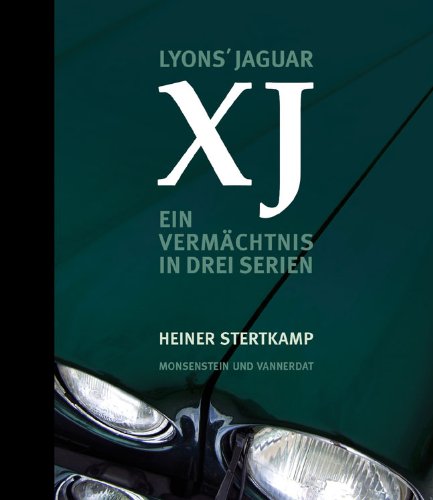

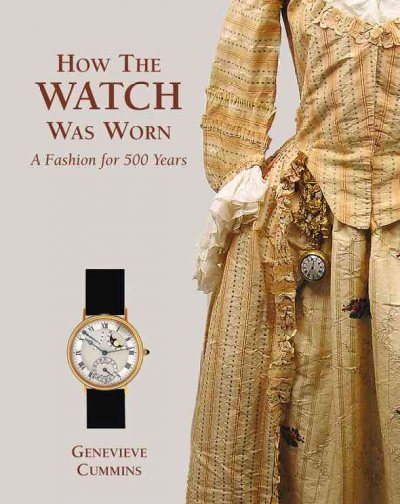

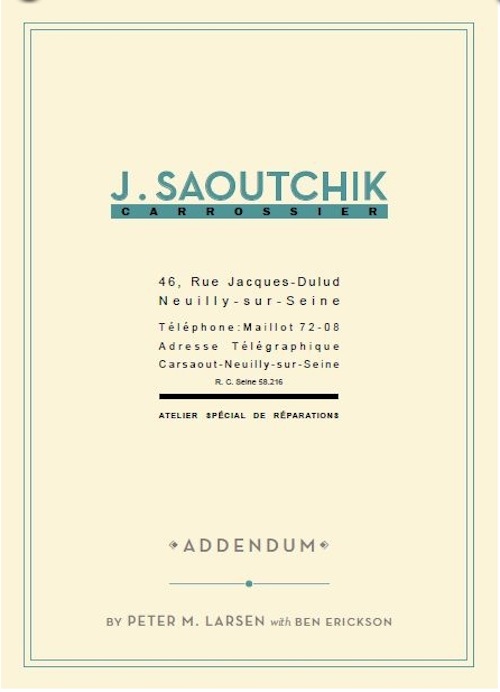
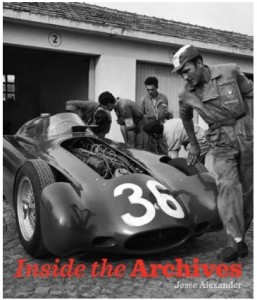
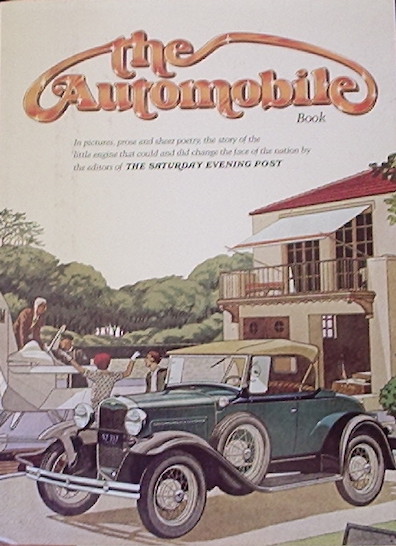
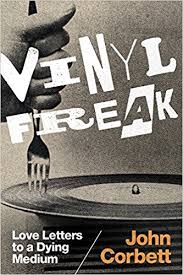
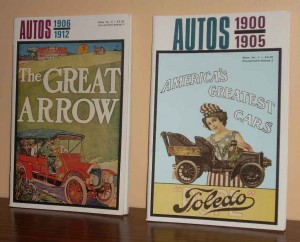
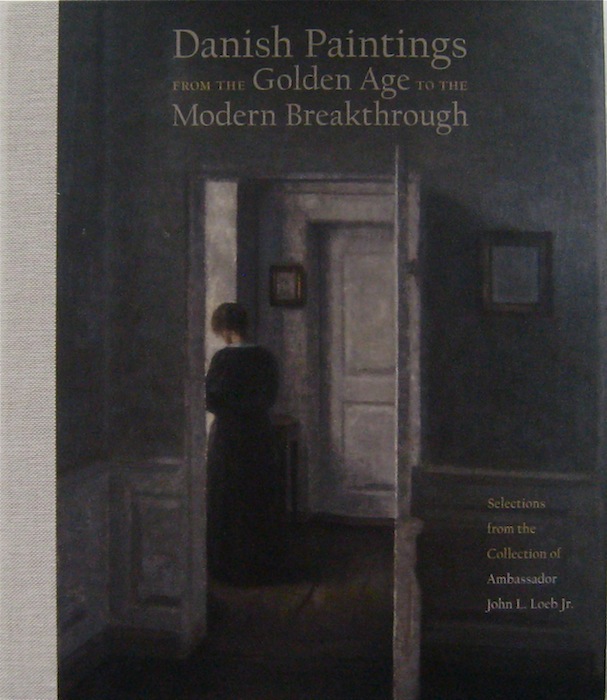

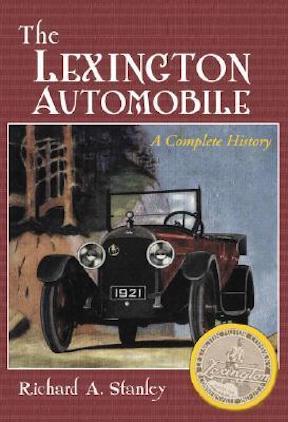
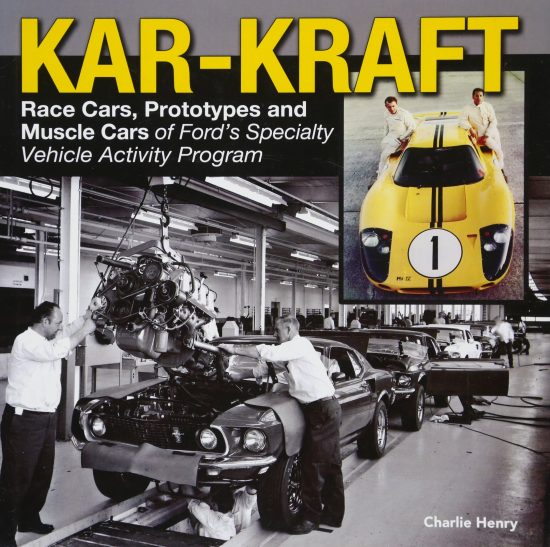
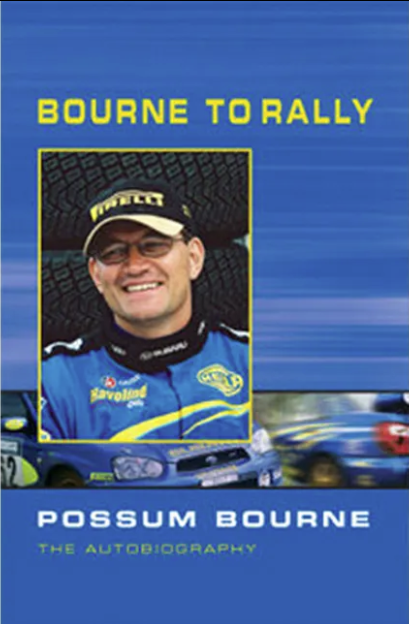
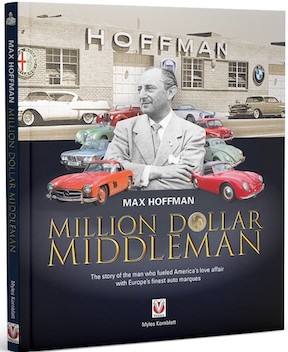
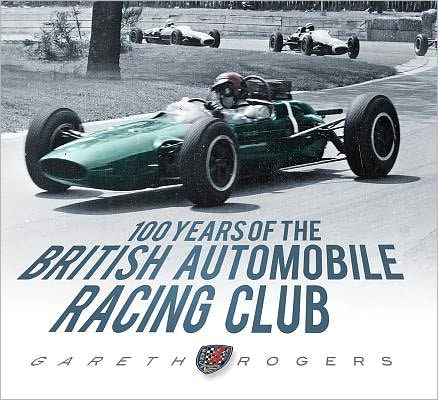


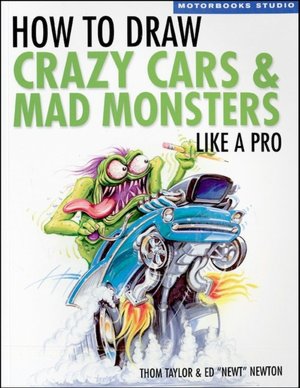
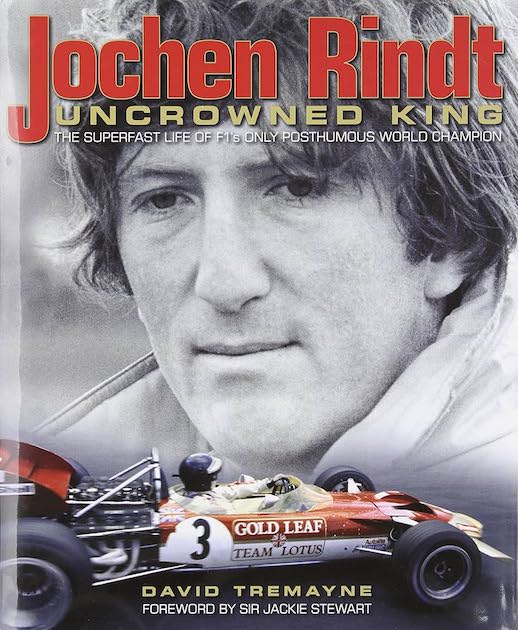


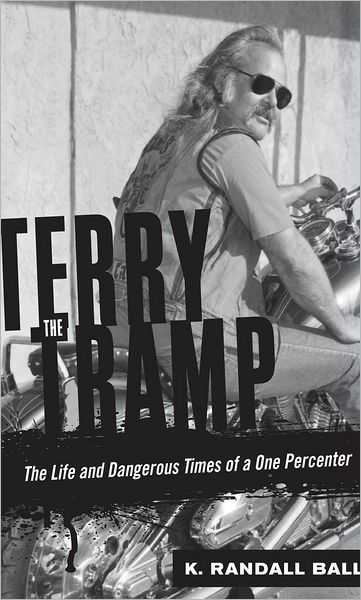
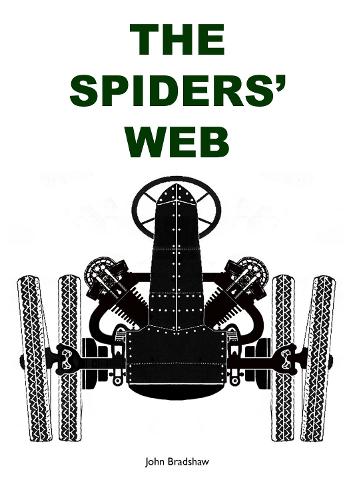
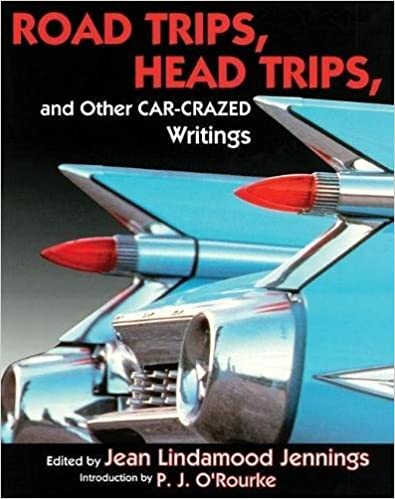
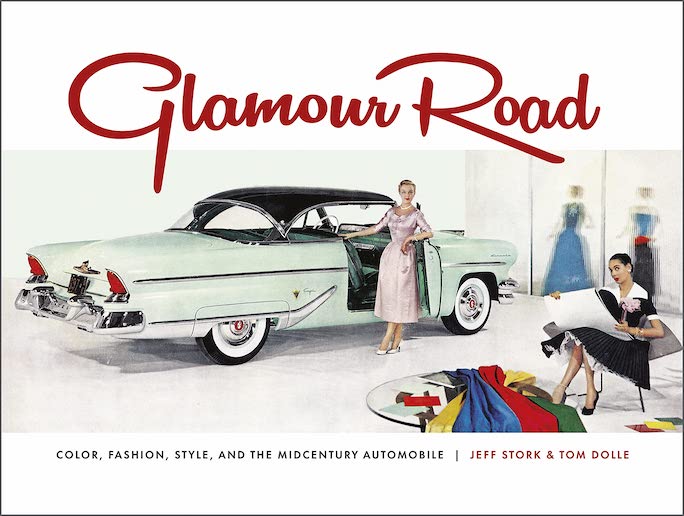
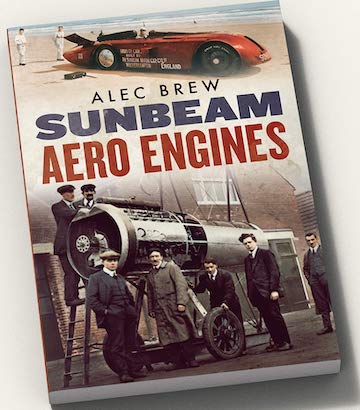
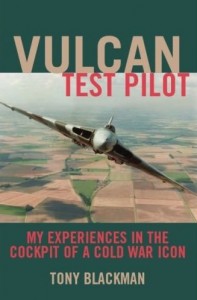

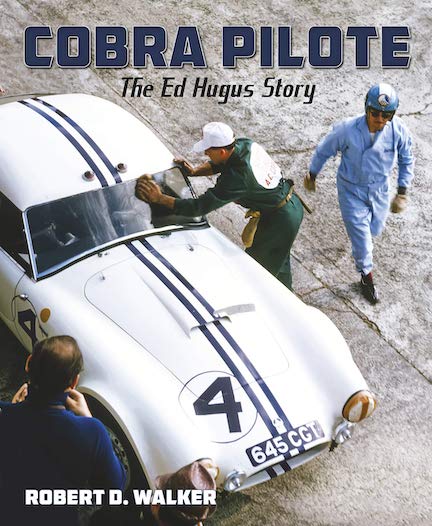
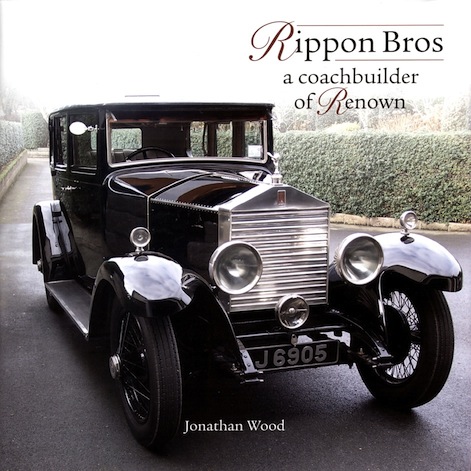
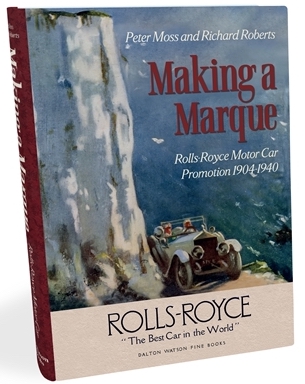
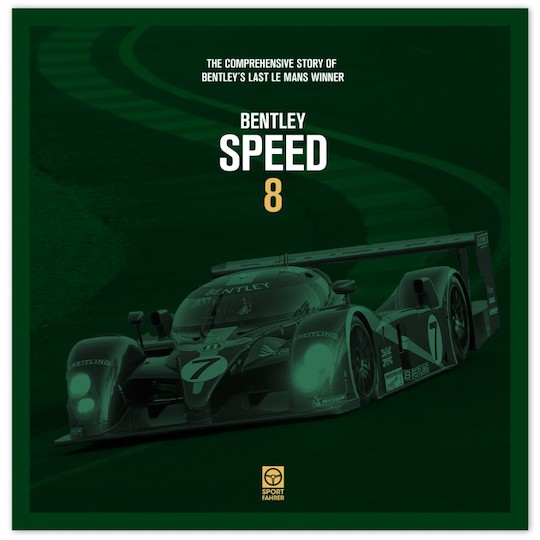
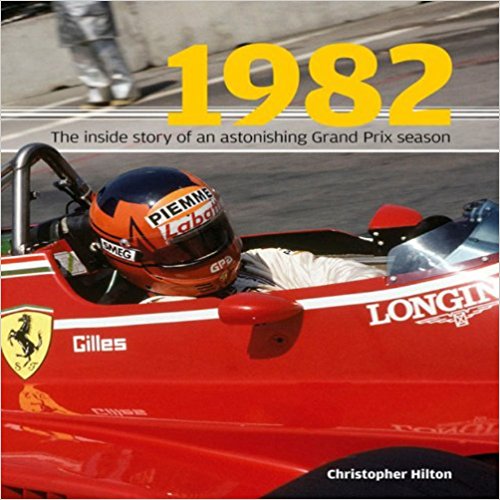
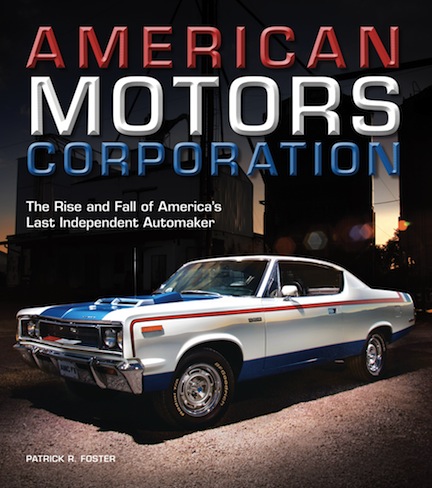
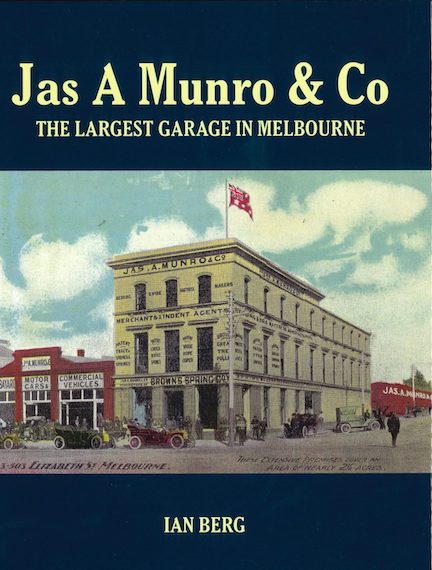
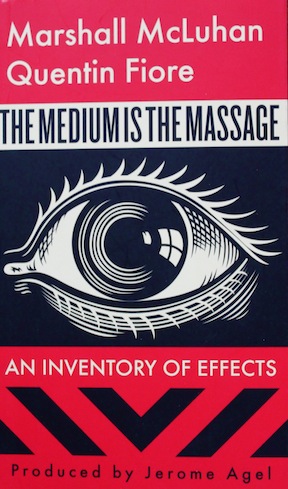

 Phone / Mail / Email
Phone / Mail / Email RSS Feed
RSS Feed Facebook
Facebook Twitter
Twitter